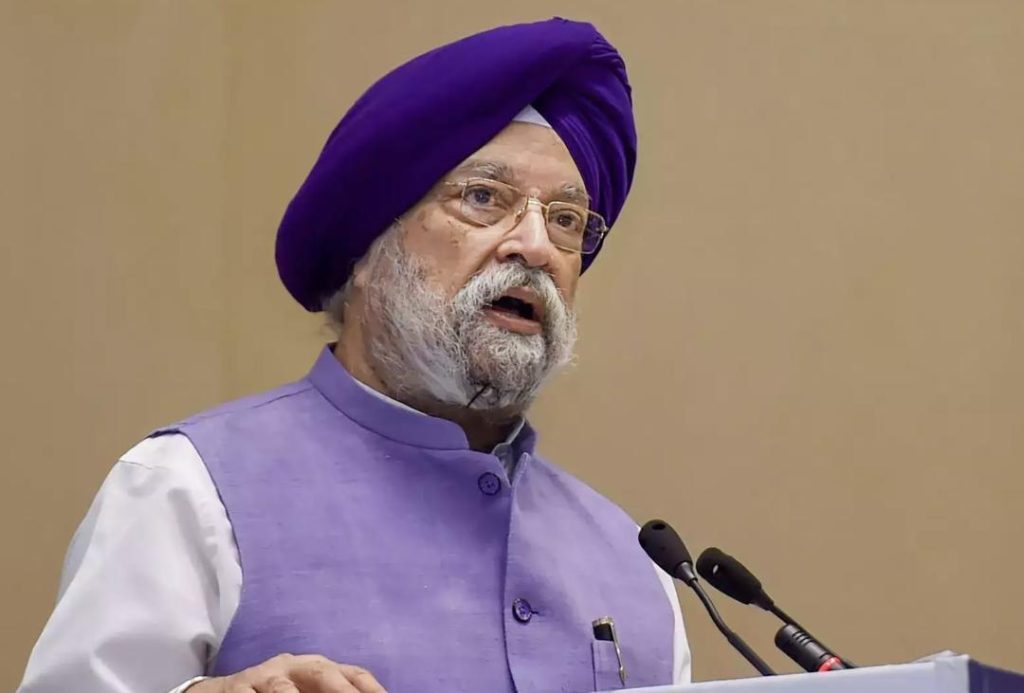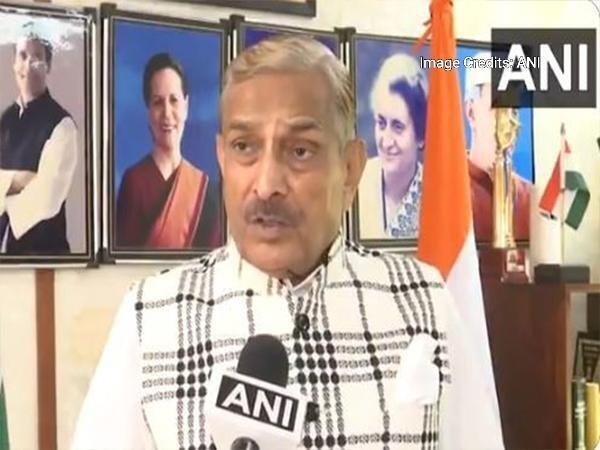
India Considers Increasing Ethanol Blending in Petrol Beyond 20%
India, one of the world’s fastest-growing economies, has been working towards reducing its carbon footprint and promoting the use of cleaner fuels. In line with this goal, the country has already made significant progress in increasing ethanol blending in petrol, with a target of reaching 20% blending across the nation. Now, the government is considering taking this effort a step further by increasing ethanol blending beyond 20%.
According to a recent report, a committee set up by NITI Aayog, India’s premier policy think tank, is evaluating the plan to increase ethanol blending in petrol beyond 20%. The committee is said to be considering various factors, including the availability of sugar cane and other feedstocks, infrastructure, and market demand, before making a recommendation to the government.
The move to increase ethanol blending in petrol is seen as a crucial step towards reducing India’s dependence on fossil fuels and lowering greenhouse gas emissions. Ethanol, a biofuel derived from fermented plant materials such as sugarcane, corn, and wheat, is a cleaner and more environmentally friendly alternative to traditional fossil fuels.
India has already made significant progress in increasing ethanol blending in petrol, with the current blending rate standing at 19.6%. Petroleum Minister Hardeep S. Puri recently confirmed that the country has achieved this milestone, and that all fossil fuel production companies will achieve net zero by 2045, despite developmental challenges.
The push to increase ethanol blending in petrol is part of the Indian government’s efforts to reduce the country’s carbon footprint and meet its commitments under the Paris Agreement. The government has set a target of reducing greenhouse gas emissions by 33-35% by 2030 compared to 2005 levels.
Increasing ethanol blending in petrol is expected to have several benefits, including reducing India’s reliance on imported fossil fuels, creating jobs and opportunities in the agricultural sector, and lowering emissions from transportation. Additionally, the use of ethanol as a biofuel is expected to reduce the country’s dependence on imported oil, which is a significant burden on the country’s balance of payments.
However, increasing ethanol blending in petrol also presents several challenges. One of the main challenges is ensuring a stable and consistent supply of ethanol, which is dependent on the availability of sugar cane and other feedstocks. Another challenge is the need for investments in infrastructure, including storage facilities, transportation networks, and blending terminals.
Despite these challenges, the Indian government is committed to increasing ethanol blending in petrol and promoting the use of cleaner fuels. The government has already launched several initiatives to promote the use of ethanol, including the creation of a biofuel policy and the establishment of a biofuel corridor.
The biofuel policy, launched in 2018, aims to promote the use of ethanol and other biofuels in India. The policy provides a framework for the production, distribution, and use of biofuels, and sets out a roadmap for increasing the use of biofuels in the country.
The biofuel corridor, launched in 2019, aims to promote the development of a biofuel industry in India. The corridor is a 3,000-kilometer long stretch of highway that runs through the states of Maharashtra, Madhya Pradesh, and Uttar Pradesh, and is expected to play a key role in the development of the biofuel industry in India.
In conclusion, India’s move to increase ethanol blending in petrol beyond 20% is a significant step towards reducing the country’s dependence on fossil fuels and lowering greenhouse gas emissions. While there are challenges associated with increasing ethanol blending in petrol, the benefits are expected to be significant, including reducing India’s reliance on imported fossil fuels, creating jobs and opportunities in the agricultural sector, and lowering emissions from transportation.
Source:






